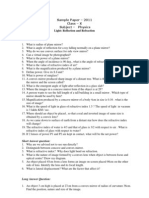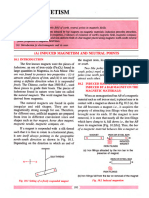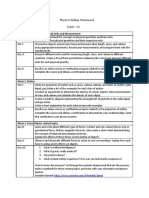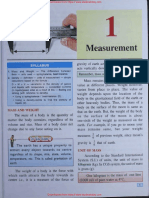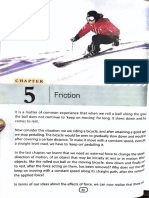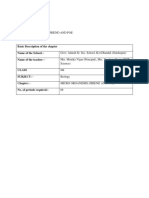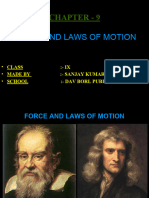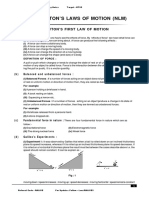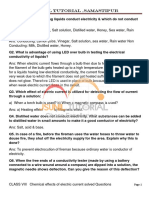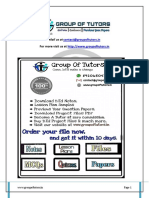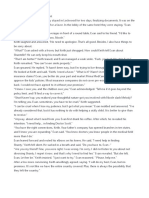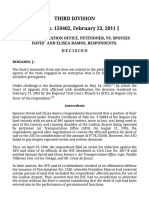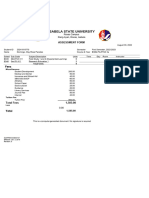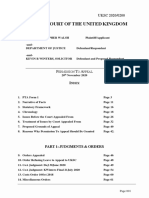0% found this document useful (0 votes)
953 views3 pagesClass 8 Science Chapter 12 Revision Notes
This document provides a summary of key concepts about friction from a Class 8 science textbook chapter. It defines friction as the force that opposes the relative motion between two surfaces in contact. It lists the main causes and factors that affect friction, and describes the different types of friction - static, sliding, and rolling. The document outlines both the advantages and disadvantages of friction, describing how it can be useful in some cases but also causes wear and generates heat. It also discusses how friction can be increased by pressing surfaces together more or making them rougher, and decreased by making surfaces smoother or using lubricants.
Uploaded by
neilCopyright
© © All Rights Reserved
We take content rights seriously. If you suspect this is your content, claim it here.
Available Formats
Download as PDF, TXT or read online on Scribd
0% found this document useful (0 votes)
953 views3 pagesClass 8 Science Chapter 12 Revision Notes
This document provides a summary of key concepts about friction from a Class 8 science textbook chapter. It defines friction as the force that opposes the relative motion between two surfaces in contact. It lists the main causes and factors that affect friction, and describes the different types of friction - static, sliding, and rolling. The document outlines both the advantages and disadvantages of friction, describing how it can be useful in some cases but also causes wear and generates heat. It also discusses how friction can be increased by pressing surfaces together more or making them rougher, and decreased by making surfaces smoother or using lubricants.
Uploaded by
neilCopyright
© © All Rights Reserved
We take content rights seriously. If you suspect this is your content, claim it here.
Available Formats
Download as PDF, TXT or read online on Scribd
/ 3







